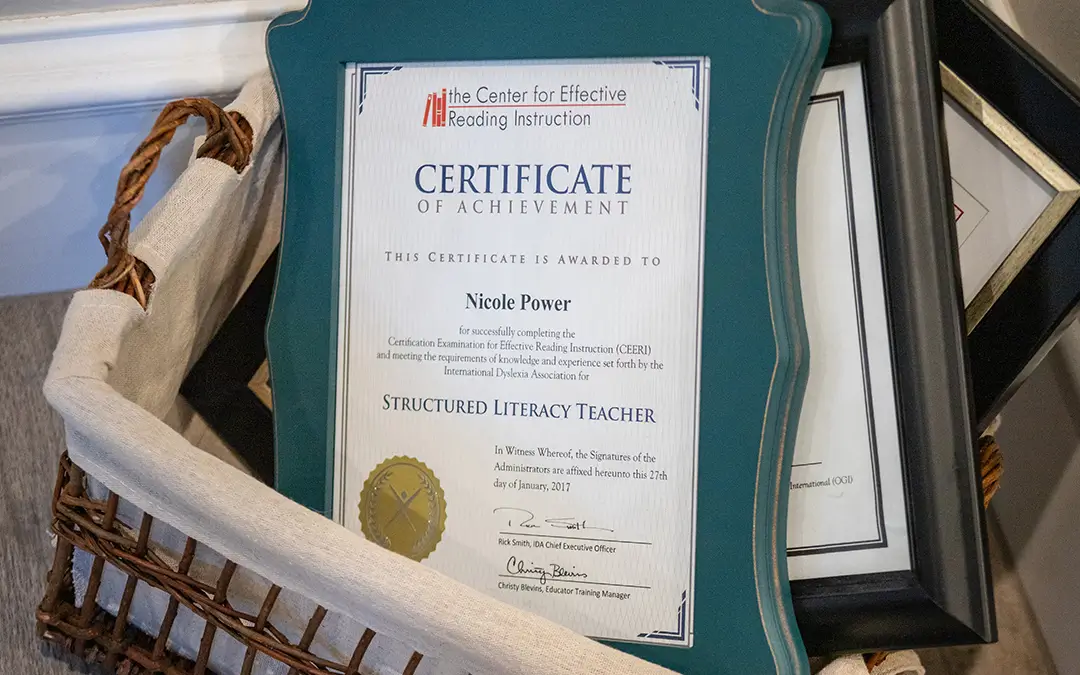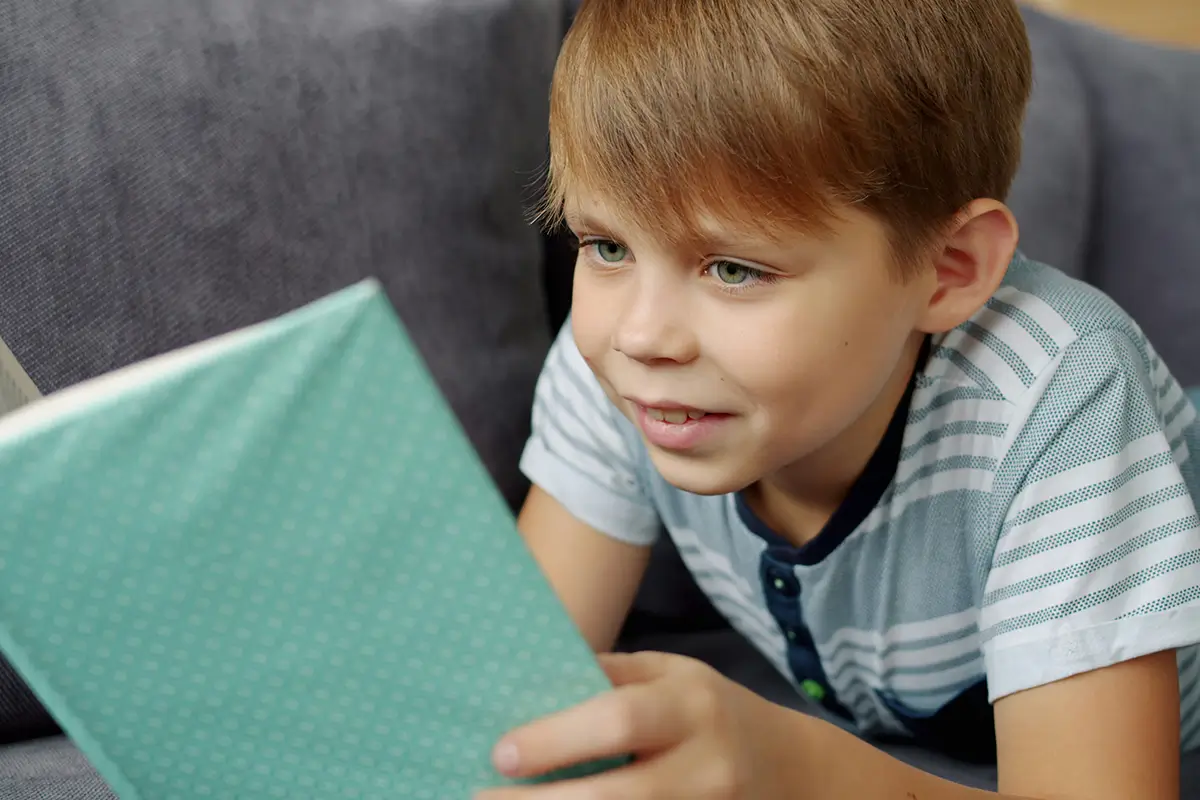When a child struggles with reading and language comprehension, it can often feel like a tangled, complex problem. The Reading Rope, a model introduced by researcher Dr Hollis Scarborough, elegantly explains that reading isn’t a single skill but a collection of many interconnected abilities. These abilities are woven together like the fibers of a rope to create a single, strong cord. Understanding these abilities is a crucial first step toward helping your child.
The Two Strands of the Reading Rope
The Reading Rope is visualized as two intertwined strands: a top strand for language comprehension and a bottom strand for Word Recognition. As a child develops, the skills within each strand become more sophisticated and tightly woven together, ultimately leading to skilled reading.
The Top Strand: Language Comprehension
The top strand represents a child’s ability to understand spoken language. This is a foundational skill that develops well before a child ever begins to read. A strong understanding of language allows a child to make sense of what they hear and, later, what they read.
Background Knowledge
This includes a child’s knowledge of the world, which they acquire through experiences, conversations, and reading. A strong base of knowledge makes it easier for a child to understand new information in a text.
Vocabulary
A strong vocabulary is an essential resource for a growing reader. It helps them understand the content of a book without having to guess at the meaning of every new word.
Language Structure (Syntax & Semantics)
This refers to a child’s understanding of grammar, sentence structure, and the subtle meanings of words and phrases. A firm grasp of these rules allows a child to predict what words might come next and to interpret more complex sentences.
The Bottom Strand: Word Recognition
The bottom strand of the Reading Rope focuses on the mechanical aspects of reading—the ability to accurately and quickly recognize written words. Unlike the ability to grasp spoken language, these skills must be taught directly and explicitly. Difficulties in this strand often lead to a professional needing to diagnose dyslexia to get a clearer understanding of their struggles.
Phonological Awareness
It is the skill of recognizing and working with the separate sounds (phonemes) that make up words. A child with strong phonological awareness can easily tell that the word “cat” has three distinct sounds, a critical skill for decoding.
Decoding
Decoding is the skill of using knowledge of letter-sound patterns to read written words accurately. This skill is foundational to reading and spelling.
Sight Recognition
This refers to the immediate, effortless recognition of familiar words. As a child’s decoding skills improve, they develop an automatic sight vocabulary, which frees up their cognitive energy to focus on understanding the text’s meaning.
Weaving the Strands Together
Skilled reading occurs when both the top and bottom strands of the rope are well-developed and tightly woven. A child can effortlessly decode words while simultaneously using their background knowledge and vocabulary to understand the text’s meaning. A breakdown in either strand can lead to significant reading struggles, which is why a precise reading disorder diagnosis is necessary.
For example, a child with strong language skills but weak word recognition may understand everything a teacher says but struggle to read. This is a typical pattern in dyslexia. A breakdown here requires professional help to identify the specific areas that need attention. These specific deficits are key to creating a targeted intervention.

Untangling the Rope: Your Next Step
Navigating concerns about your child’s reading can be daunting, but you don’t have to face it alone. At Educational Inspiration, our expertise to diagnose dyslexia ensures that we can provide comprehensive evaluations designed to deliver precise answers and actionable recommendations for dyslexia and language issues. Our team includes a licensed speech-language pathologist and experienced reading specialist with expertise in language and reading, ensuring your child receives precise, comprehensive evaluations and tailored recommendations.
A thorough evaluation provides the clarity needed to get a precise reading disorder diagnosis. This clarity is essential for supporting their comprehension and overall academic success. Contact us today!

